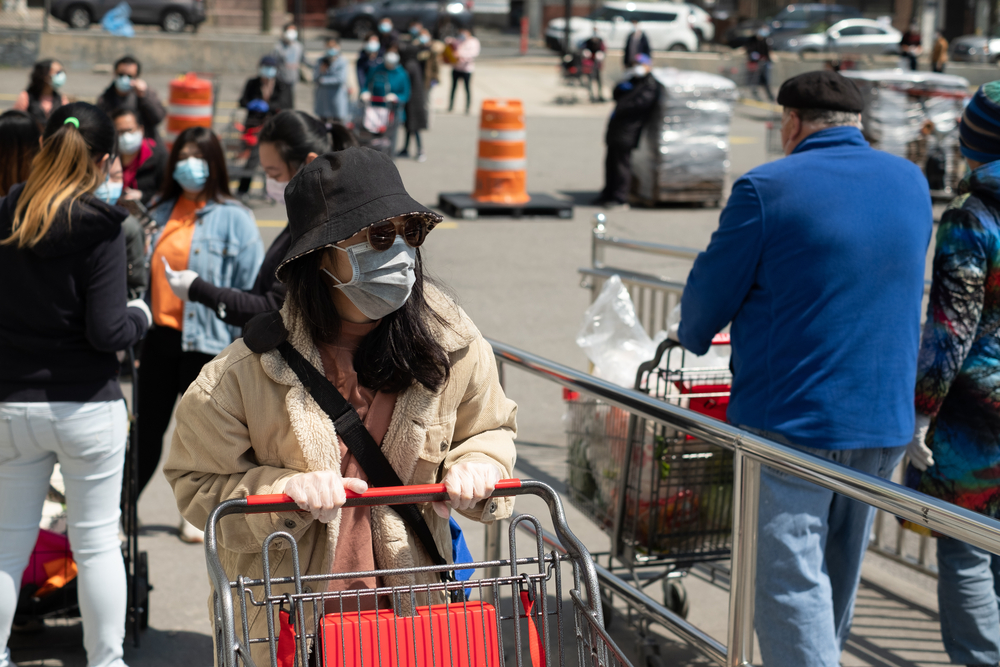Almost nowhere in the US is “less than 50%, give or take 10%” seroprevalence.
Oregon is at 3.8% confirmed. You only catch about 1/5, so maybe 19% total infections. Add in the 21% vaccinated, subtract the overlap, and you’re still almost at 40%.
Does that make them at risk? They made it through the winter and went into decline at something below 19%. For them, with their behavior, the base virus had an effective R < 1.23. 60% reduction in transmission or so.
Now they have close to 40%, and climbing. Soon they’ll be at 50%. (when 38% are vaccinated.)
Even for a variant with R0=5, that 60% reduction means effective R=2. And herd immunity at 50%, where they will be in not too long.
But, with current behavior, I don’t think Oregon sees a significant spike from any variant which is vulnerable to the vaccine.
The Dakotas are the opposite. They ran their seroprevalence right up to 60% or so. effective R = 2.5. Only a 17% reduction from behavior.
Give them a variant with R0=5, and their behavior only cuts it down to effective R= 4.16. Without that behavior reduction, they end up needing a much higher level for herd immunity. 1- 1/R = .76. Will happen around when they hit 40% vaccinated. Almost the same.
If I did the math right, If you’ve gone through an R0=3 spike, you seem to be vulnerable to an R0=5 variant up until you have 40% or so vaccinated. It doesn’t matter whether you infected your way through the spike or solved it with behavior.
Theoretically, the Dakotas could avoid a variant spike entirely by adopting different behavior for the next 2 months. That won’t happen. The Dakotas will Dakota.



